The original Playstation was, for me, the obvious goose of the golden eggs. It was a videogame that experimented, introduced new concepts, and opened new doors that completely changed the industry. It made the jump to CD, it bumped games to ridiculous size, it gave us pre-rendered cutscenes, memory cards, 3D models, and much, much more.
It was also a videogame that was still cheap to develop on, meaning we had a lot of low-budget games that could really fight in the big scene and earn renown without requiring dubious marketing strategies and monetization techniques. It was pure gaming at its highest, and it gave developers the freedom they needed.
Of course, its importance to me is multiplied ten-fold because it was not only the home of great games and experiments, it was home to a massive collection of the very best RPGs to have ever been developed by mankind. Legend of Legaia, Final Fantasy VII through IX, Parasite Eves, Breath of Fires, Tales, Suikodens, Vagrant Story, and a lot more. If you enjoy RPGs, there’s hardly any console that comes close to it in terms of quantity and quality of these games.
So, here I will make a quick presentation of the 10 best RPGs, in my opinion, that have graced this platform.
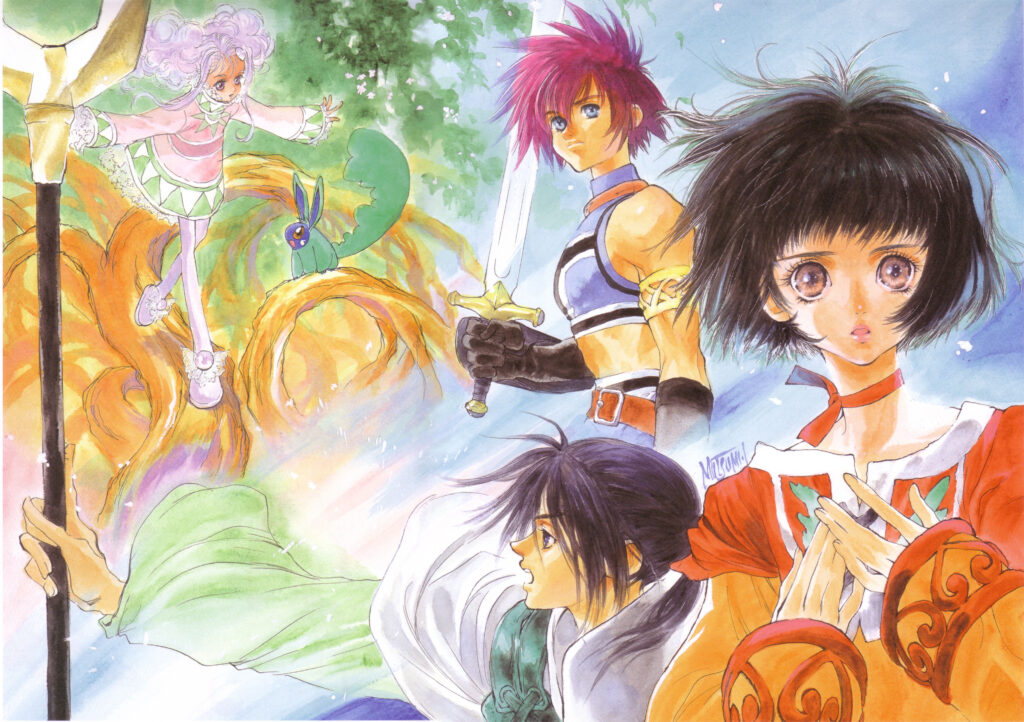
#10 – Tales of Eternia
The Tales franchise was still in its early years, but their third entry may as well be one of the best there is. Tales of Eternia (released as Tales of Destiny II in the U.S.) bathes in the glory of its time and offers a massive RPG experience with the pedigree of its franchise.
The action-oriented combat is the best 2D-version of it, really improving over Tales of Destiny, while the world map and exploration experience is simply colossal, offering not one, but two worlds to explore by land, air, and underwater. Although the Tales franchise managed to deliver superb games with Tales of Symphonia, Tales of Abyss, Tales of Vesperia, and Tales of Berseria, it was Tales of Eternia that really kick-started the heavy-hitting quality that was sustained by Bandai Namco for the years to come.
Reid, Keele, Farah, Meredy, and everyone else were something like a perfected foundation for the series and a definitive template for the future. From there on the development team could focus on polishing the edges and making the technological transitions that would come with new hardware and game engines.
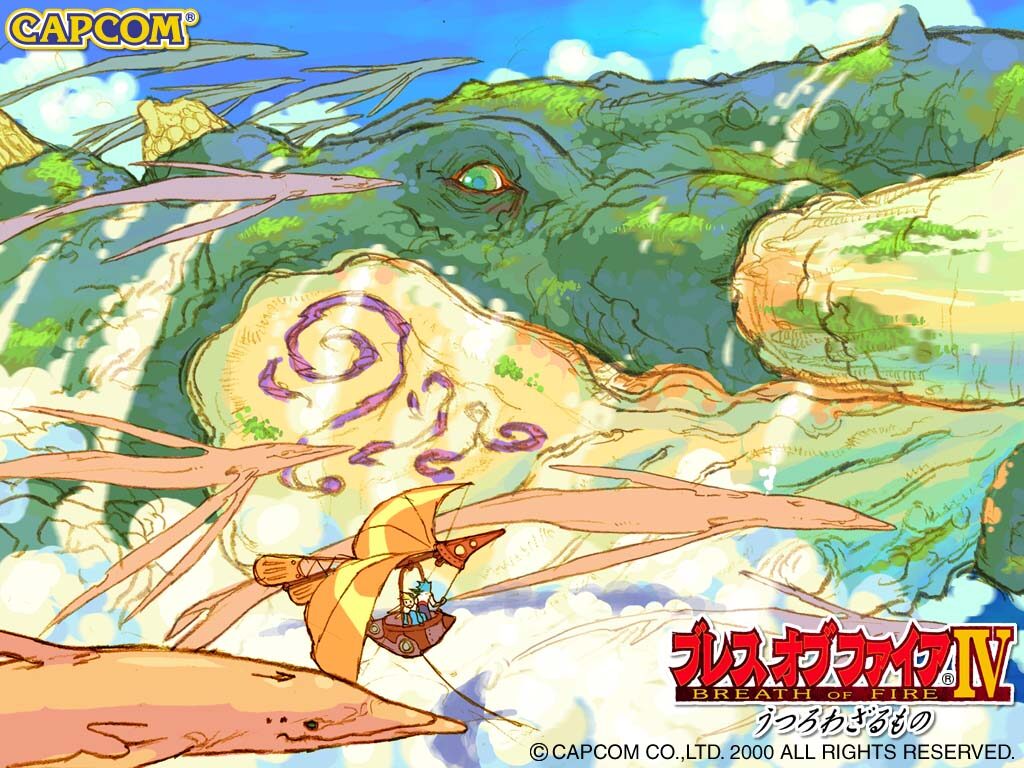
#9 – Breath of Fire IV
Breath of Fire IV is perhaps the most stunning combination of 2D sprites and 3D elements of the Playstation era. It is a game that bathes in tiny details, from quirks of the characters to its shady and gloomy storytelling.
The storytelling, in particular, is a high level mark for the RPG genre in general, offering an intriguing constant insight into the villain side of the tale, led by Fou-Lu. As you adventure with Ryu and his party in search for a way to find his other half, you also witness the revived emperor reclaim his throne and understand the new age where he was summoned to.
RPG elements are also a nice mixture of classical Breath of Fire with some interesting twists, giving combat a much better pace through multi-attacks and combos, and offering plenty of experience outside it as well.
Capcom was, at that time, the real masters of 2D-sprites, and their skill is obvious in Breath of Fire IV too. It just makes me sad that we get no more games like this one from such a big developer.
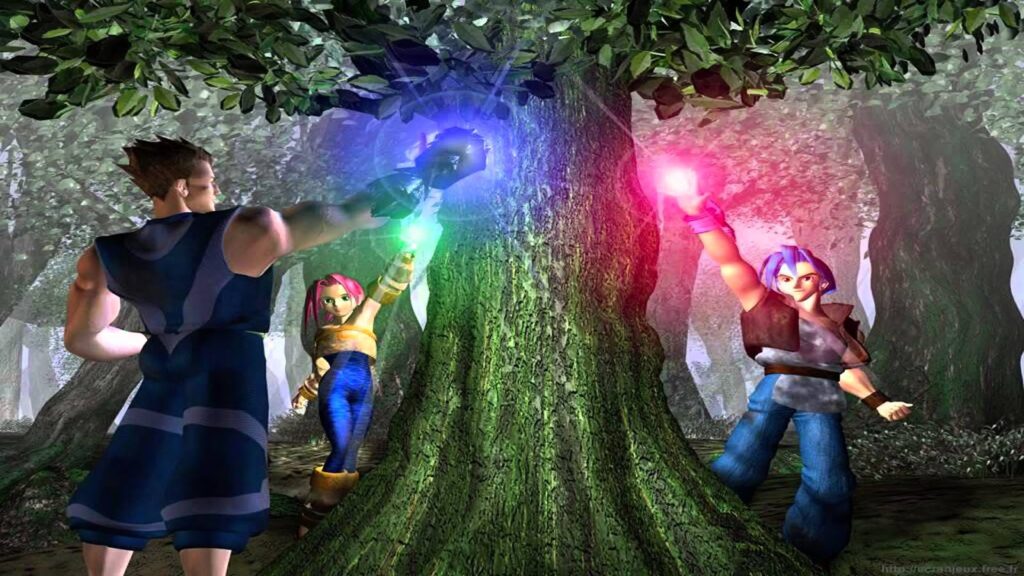
#8 – Legend of Legaia
Legend of Legaia is perhaps the perfect example of the Playstation’s RPGs. It had awesome 3D graphics, especially within combat. It had the chibi-version exploration graphics versus a more realistic version during combat. It had this big world map. It had amazing boss fights. It had a ton of stuff to do.
The combat, in particular, was a step up from anything else in the competition. It melded combo instructions like Xenogears with amazing attack animations and special effects, as well as having equipped armor and weapons appear on your character during combat. It was a big step up at the time.
The tale was also very effective. Putting a trio of heroes against a cursed world, with each town or place you saved becoming safer and more vivid, with new merchants, mini-games, and much more opening up. It felt gratifying to defeat its amazing bosses, because every reward seemed worth the challenge.
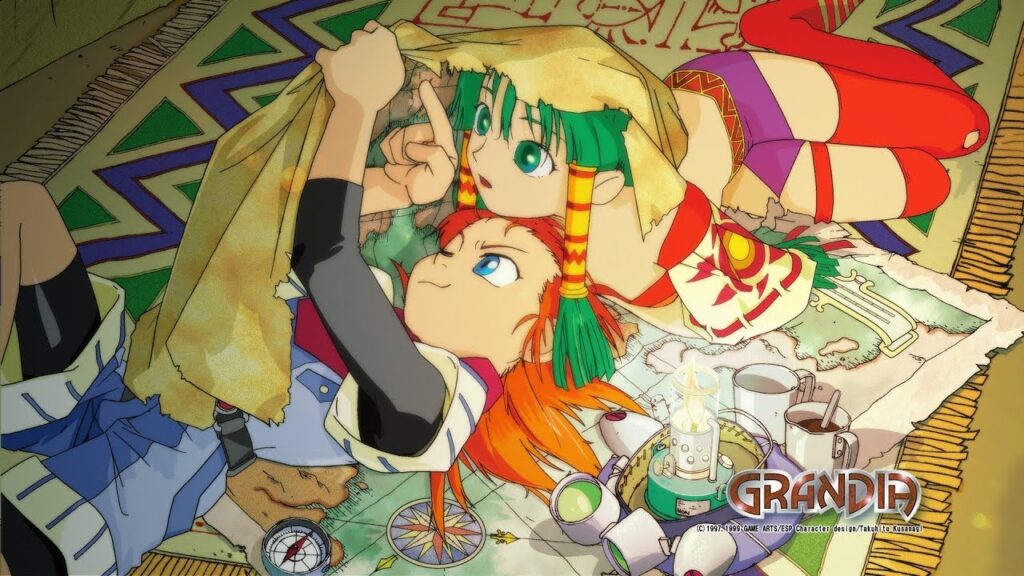
#7 – Grandia
Grandia was an incredible experiment with the Playstation. While Squaresoft went down that “serious” path with games like Final Fantasies, Chrono Cross, and Xenogears, Grandia seemed to seek to create a new path of its own. It was more anime than most other RPGs, it was a bit more childish in its presentation, but it was damn epic in its scale.
Justin, Feena, and the rest of the group embarked on a journey that felt more like a children’s book, picking the “adventure” aspect of a tabletop RPG and really incorporating it in its tale. It was an amazing experiment that no other game could really replicate for me, not even the next installments of the Grandia franchise.
It felt fun, it had an enjoyable combat with positioning aspects and interesting new mechanics, it had more voice-acting than most games at that time, it had a complex leveling system, and it was incredibly big. It was indeed a powerful contender to the Final Fantasy franchise, only had it survived past its first entry in terms of quality and marketing.
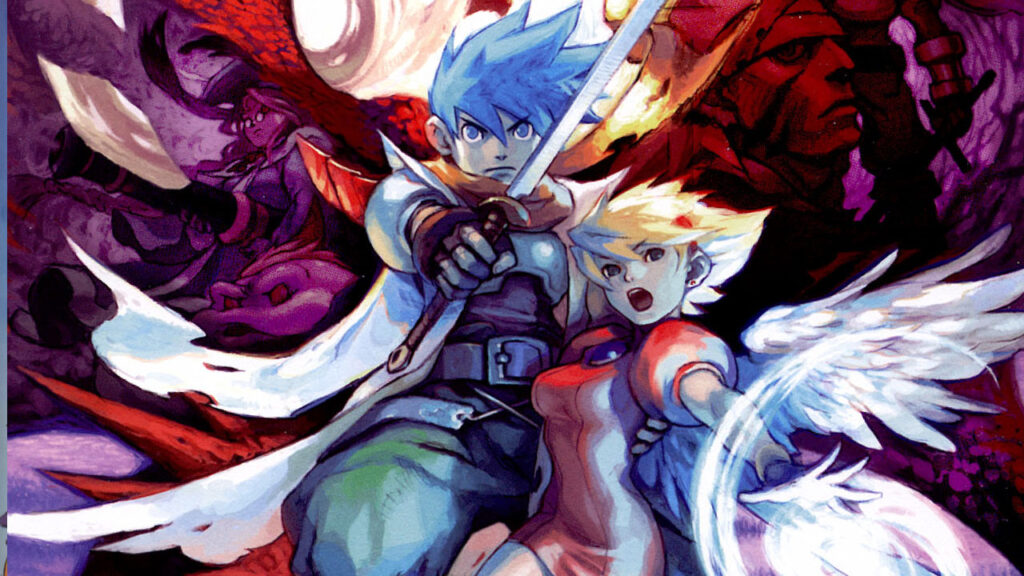
#6 – Breath of Fire III
Breath of Fire III has classic RPG blood in its veins. The turn based combat, the skill system, the 2D sprites, the silent protagonist, the diverse party members, the medieval fantasy setting, dragons, cute monsters, fearsome beasts. It is a complete package delivered by a high-quality video game studio.
Ryu’s amazing tale also offered a lot of unique elements for its time, such as the timeskip where party members grew from kids to young adults, an amazing backstory about dragons and gods, and a stunning combination of 2D sprites and 3D maps, which was perhaps perfected with the next installment of the series.
For me, Breath of Fire III has an even more special meaning because it was the game that really got me into the genre. Until I played it, my experiences with RPGs were with the tabletop game of Dungeons & Dragons and a few incomplete runs of Lunar, Chrono Trigger, and Dragon Ball Z games on the SNES.
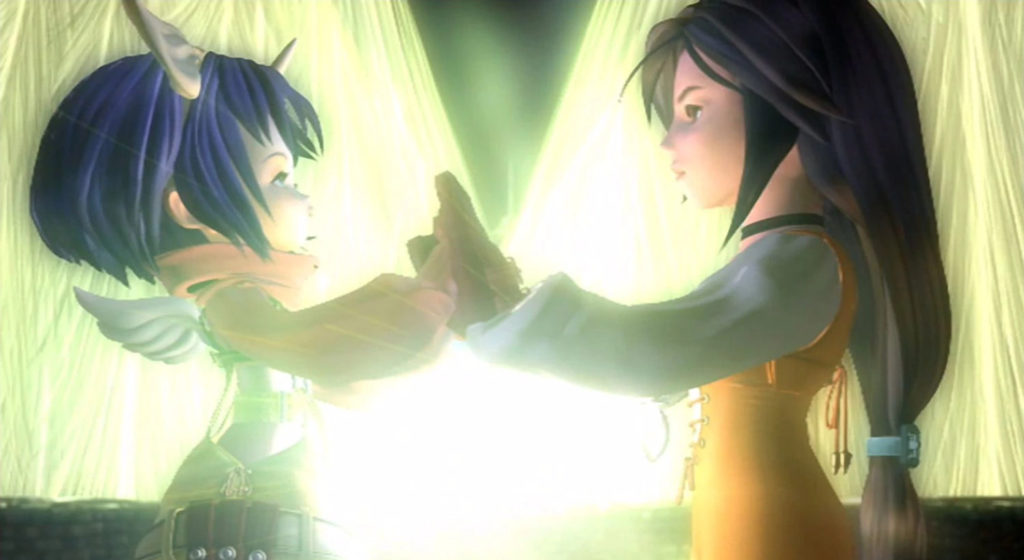
#5 – Final Fantasy IX
There are few games with a cast of characters as powerful as Final Fantasy IX. Garnet and her minions delivered classic medieval fantasy stuff with incredible quality. It was a throwback to the SNES era without trying too much to feel nostalgic. It was also the apex of technology for the Playstation era.
Final Fantasy IX felt like the highest point of the franchise going to the next generation while also being a homage to its origins and traditional elements. It had goofy parts unlike the previous two games, it had jobs and traditional equipment slots such as the NES games, it had tons of minigames too. It was a complete experience, all of that backed by high quality production and a level of character depth unseen yet in the franchise.
It was a perfect closure for the age of RPGs of the Playstation. You can find more details about it in my previous post.
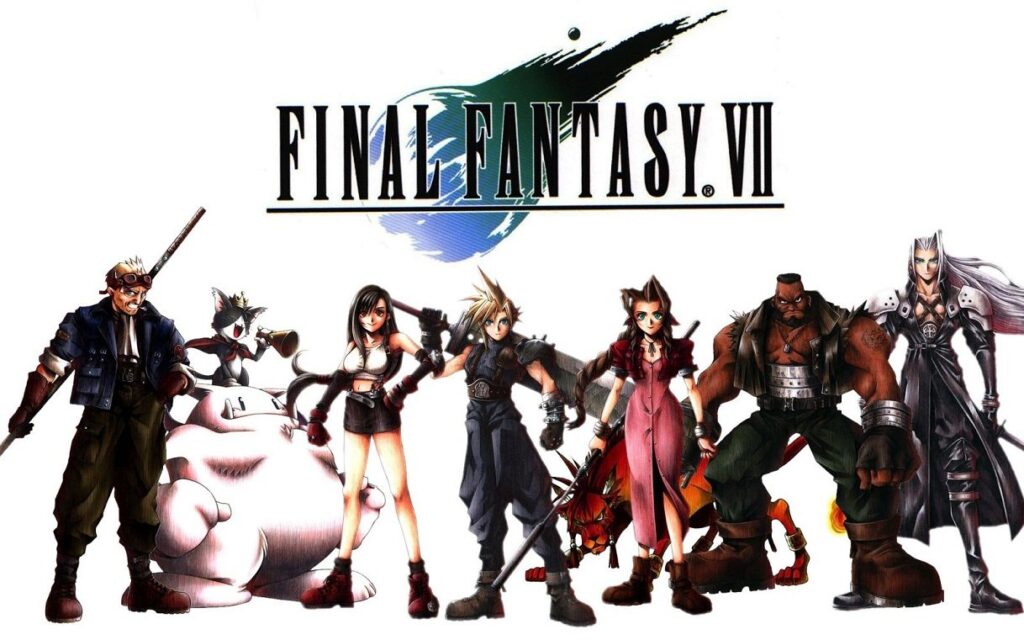
#4 – Final Fantasy VII
Final Fantasy VII is, certainly, the most important game of its franchise. It brought the 3D technology, the multiple discs, the cutscenes, the aesthetic still in use today, and a lot more. It was a safe evolution from Final Fantasy VI, but one that completely mastered the narrative and its pacing.
Final Fantasy VII’s tale was incredible, mixing the fantasy aspects of adventure with a more meaningful take on social aspects, environment, and consequences of recklessness. It is no wonder it got a remake. Its story still feels relevant even today. It was also perhaps the first game of the franchise to really delve deep into its characters, more specifically the main trio: Cloud, Aerith, and Tifa. It gave us surprises after surprises and had a ton of content to do, from minigames to sidequests and exploration.
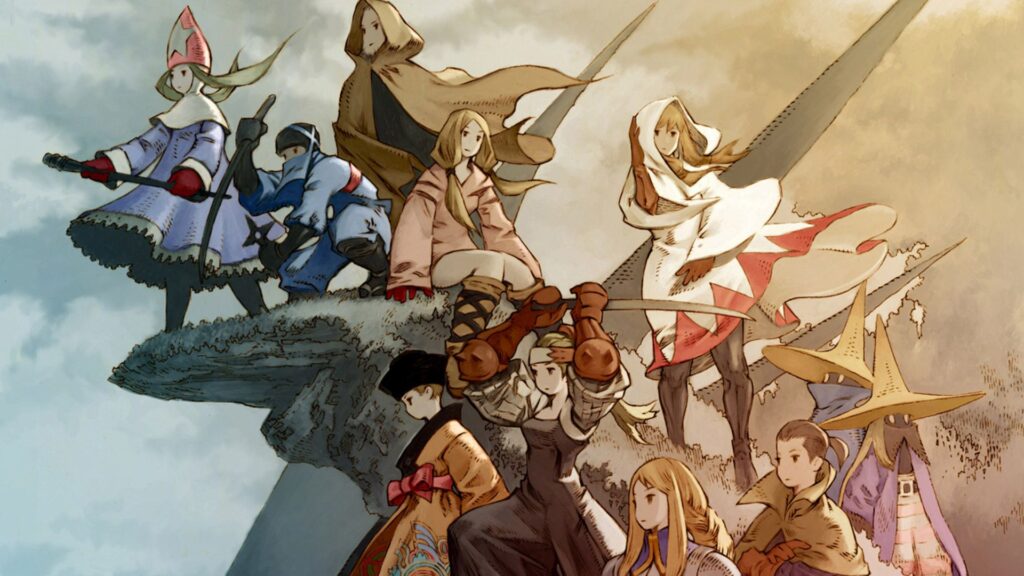
#3 – Final Fantasy: Tactics
The very best Final Fantasy for me happens to be a spin-off, and one that really digs deep in every aspect. Final Fantasy: Tactics offers nearly infinite experiment in its gameplay, a medieval warfare plot with depth and maturity, a collection of characters that fit this setting, and a narrative that pulls you from one chapter to another.
Its success and adaptability was further proven as the game was released to nearly every mobile platform in existence, but for me what makes it really work is the maturity of its setting and tale. The world of Ivalice and its treacherous churches and nobles are exciting elements to any warfare tale, with murder, betrayal, and political backstabbing surprising the player at every turn of this theatrical retelling of the Zodiac Brave Story.
Ramza is also one of the more grounded heroes of the franchise. He is no super-powerful hero to save the day, nor elite mercenary, nor half-human half-god being. He is just one regular guy from a random noble family that rises to the occasion, and that is a quality very few Final Fantasy games can share because most of their sagas are tied to fate or intricately intertwined with the protagonist’s background. Ramza’s “commonance” also applies to many of the other characters of this tale, such as Delita and Agrias.
Every aspect of the game works in favor of giving Ivalice and its journey more depth, relatability, and maturity. It even has blood and some very nasty scenes, which are rare amongst other games of the franchise. Add that to a masterclass tactical combat with hundreds of options to choose from and you get yourself a masterpiece of enjoyment and experimenting.
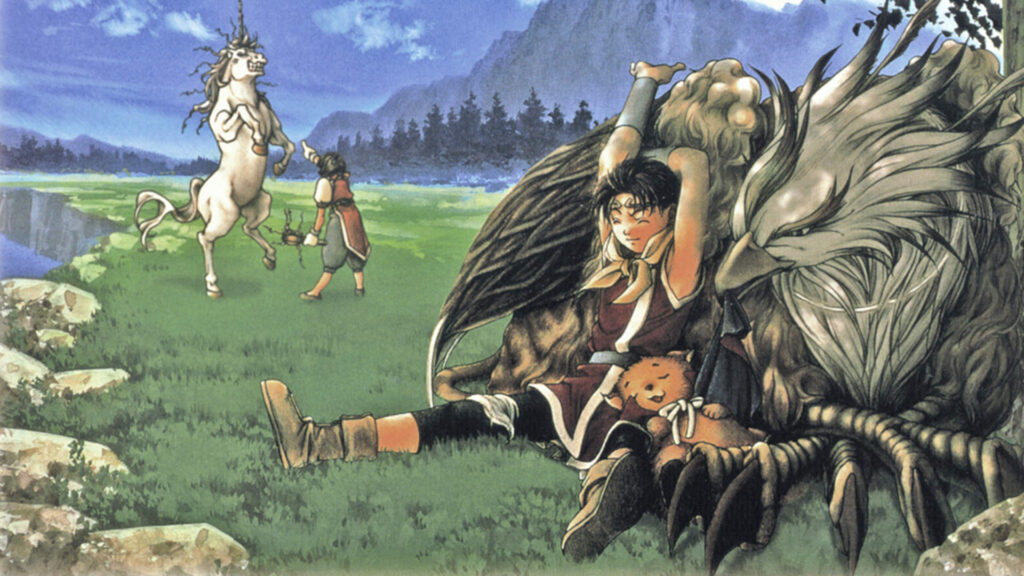
#2 – Suikoden II
Suikoden is perhaps the most masterful RPG series that ever existed. I have made a post about the franchise, and in it, gave some insight on Suikoden II, but it’s really hard to understand the grandeur of the second entry of this series without actually playing it.
On the outside, Suikoden II seems like a reminiscent game of the SNES era, with high-quality sprites but a simple-low-budget aesthetic. On the inside, however, this is one of the most incredible RPGs ever made for plenty of reasons.
The major reason is its plot, which is the highest example of what the franchise is about: medieval warfare that really gets it. Suikoden II follows a personal tale amidst the grievances of war, real war, and puts a lot of effort into making it stick to you through a narrative that captivates from start to finish.
This narrative is an outlier as well because it is delivered by a typical mute character, an element that inevitably brings down any sense of belonging to the lead, which as a consequence makes a narrative usually void of real motivation and sense of urgency. Riou, however, is the masterful take on the mute lead, crafting a young hero by slowly giving him a personality of his own by ocasional dialogue choices, personal duels, and small gestures and mannerisms delivered by his 2D sprite. In the end, Riou is his own being, not the traditional mute character of old-school RPGs, and thus you get to appreciate his presence and deeds in the war in a much deeper and more meaningful way, much like he was a fully-voiced book character.
Suikoden II also offers large-scale warfare through a tactical mini-game, duels, tons of clever minigames, a massive castle to call your home, and more than a hundred small tales to give depth and distraction throughout the run. Its SNES-era soul is also one brimming with details, with carefully crafted sprites, scenarios, and animations. If there is the ultimate 2D RPG for me, this is it.
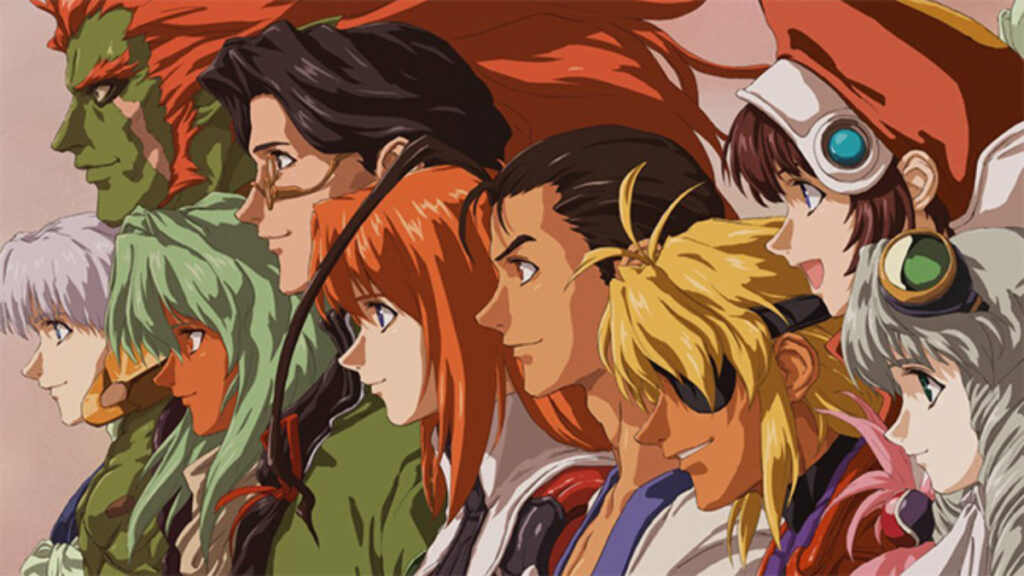
#1 – Xenogears
Xenogears is a monster. Today it may be remembered more because of its rushed and semi-incomplete second disk, but the game by then was a colossal effort in every regard. It followed a growing trend of “serious” games and had a plot that approached plenty of dividing themes, such as religion, psychology, sociology, and philosophy. It’s a game that thrives in its size, emotive parts, mature atmosphere, and a youthful touch of mechas and martial arts.
Its ambitions, however, were cut short by Squaresoft’s development model, which forced the team behind it to rush its second half and deliver a product that, although still excellent, was not the real complete thing. This infamous second disk, however, can get a weirdly exotic flair, as the melancholic narrative with introspective dialogues can be appreciated today as something almost unique in the videogame industry.
What really gets the game going, however, are its multitude of themes and approaches. It has traditional RPG combat mixed with fighting games combos, it offers battles with and against giant robots, it has the massive world map, side-quests, and a multitude of exotic characters surrounded in secrets. You go from traditional medieval-like villages to futuristic flying cities, uncovering a story about the colonization of a planet, god, machines, and social embattlement.
The major difference it has from almost every other game in this list is perhaps its maturity. Although it has mechas, the artwork is very anime-like for the 90’s, and we have Chu-Chu, the game sets a very serious tone early on and manages to deliver plenty of sequences that embrace that tone fully. Sex is treated naturally through its story, we have murder, we have disgusting discoveries, religious zealots, social clashes, and a TON of reference to psychology in its lore and symbology. This really sets Xenogears apart and makes it the most ambitious and outstanding RPG I have ever played.
It is a pity that the second game was ditched by Squaresoft following the big hurt provoked by Final Fantasy: Spirits Within, which made the team and creators of Xenogears move out, establishing Monolith Soft. and pretty much dooming the real Xenogears to ever get released. Yeah, they still made some good Xenosaga and are now releasing Xenoblade, but really, these games never really managed to replicate anything that made the original Xeno so awesome.
